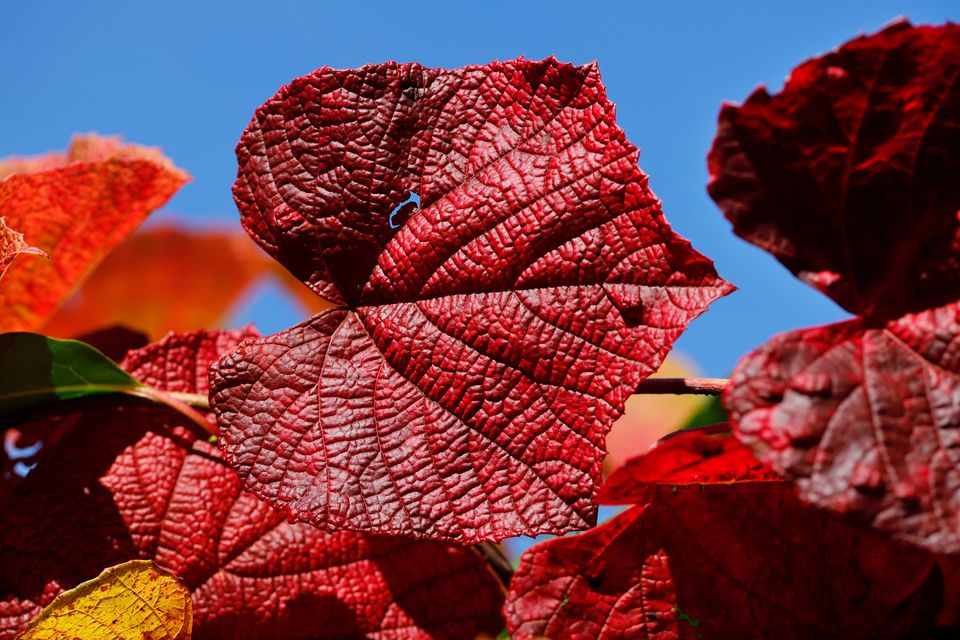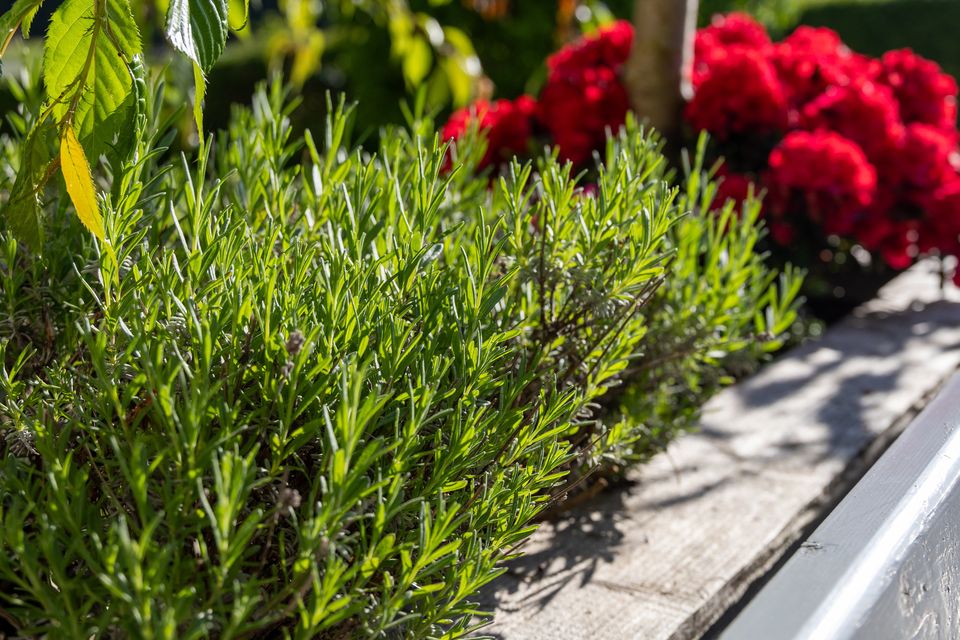There aren’t many of us who would think that we’ve had great weather this year. There’s been plenty of rain when we didn’t want it and bursts of some unexpected heat when we weren’t anticipating that either. Our weather, however, has left us with an autumnal gift. Copious rainfall in June followed by some late-summer heat results in a good autumnal display of deciduous leaves, which around now are beginning their annual show.
There’s also another wonderful effect from this year — our berries and nuts are expected to be a bumper crop. A mild spring protected buds and flowers from frost, and good rainfall swells the resulting fruit.
So what causes leaves to turn colour in autumn? Chlorophyll is the green agent within a leaf and, as evenings get longer, it’s impact is greatly reduced. As it recedes, other pigments present in the leaf, such as xanthophyll and carotenes, become visible.
In addition, sugars are trapped in leaves, and these produce anthocyanins, which show up as crimson, scarlet and purple leaves. And why do trees drop their leaves? Well, it’s a matter of conserving energy — trees know they are going into a long winter and they want to conserve their moisture and their sap. They are also less likely to suffer storm damage as their branches are lighter without foliage.
There’s a phenomenon known as leaf peeping. This is best-known in the United States, where people travel to areas such as New England to view its spectacular fall foliage. There’s nothing to stop us from adopting this American custom. Wherever you are in the country, there are places to visit where you can enjoy this annual spectacle. Here’s a list of some of the best spots to enjoy this year’s dazzling display:
Mount Usher Gardens in Ashford, Co Wicklow, is a great place to enjoy the trees as their vibrant autumnal colours are reflected in the River Vartry flowing through the gardens.
Glendalough is a walker’s paradise, and a stroll around the Upper Lake at this time of year will take in some of the best autumn colour. Other spots in Wicklow include Powerscourt Gardens, Kilmacurragh Botanic Gardens, and the exhilarating Treetop Walk at Avondale will bring you up close and personal with a wide range of trees.
If you’re out west, make the pilgrimage to Kylemore Abbey. Nestled in the heart of Connemara, the setting of the abbey will be lit up with the changing colours of the surrounding forests.
In the south, visit the magnificent wilderness that is Killarney National Park. The native and undisturbed forests are home to yew, oak, ash, willow, alder, hazel and holly as well as the last surviving indigenous herd of red deer which have been there since Neolithic times.
Other spots in the south west include Muckross House and Gardens and Gougane Barra National Forest Park, one of the most picturesque settings in Ireland set in a valley with a tiny chapel on the lake island.
In the north, Mount Stewart never disappoints, whatever the season. The walks through its grounds will captivate you with the fiery hues representing the essence of autumn in China, Japan, North America, and Europe, all in one magnificent place.
And at Glenveagh in Donegal, The Head of the Glen hiking route — known locally as the Bridal Path — is extra special throughout this season.
Plant of the week
Vitis coignetiae
Vitis coignetiae Talking of autumnal colour, make a statement with this dramatic vine. Also aptly known as the crimson glory vine, the large, heart-shaped foliage is currently turning a vivid scarlet as it winds down for winter. It’s a vigorous climber so good for covering large areas and will reach over 12 metres height in maturity. Grow in full sun or partial shade in south- or west-facing position. Although a vine, you won’t making any wine from the small bitter berries it produces.
Reader Q&A
Q: Any ideas on how to prevent local cats using my vegetable garden as a toilet. I’m the only person growing food as most neighbours have paved over their gardens so mine is visited by all the local cats. I’ve tried those battery-operated sound deterrents without luck.
Cats avoid scents like rosemary
To prevent cats from using your vegetable garden as a toilet, try placing physical barriers like chicken wire or mesh over the soil, which will make it uncomfortable for them to dig. You could also spread materials such as pine cones, sharp gravel, or citrus peels around the garden, as cats dislike rough textures and strong smells. Additionally, planting herbs like rosemary or lavender can help deter them, as cats tend to avoid these scents. Another option is to use motion-activated sprinklers, which can be more effective than sound deterrents at scaring them away without harm.
Submit your gardening questions to Diarmuid via his Instagram @diarmuidgavin using the hashtag #weekendgarden

